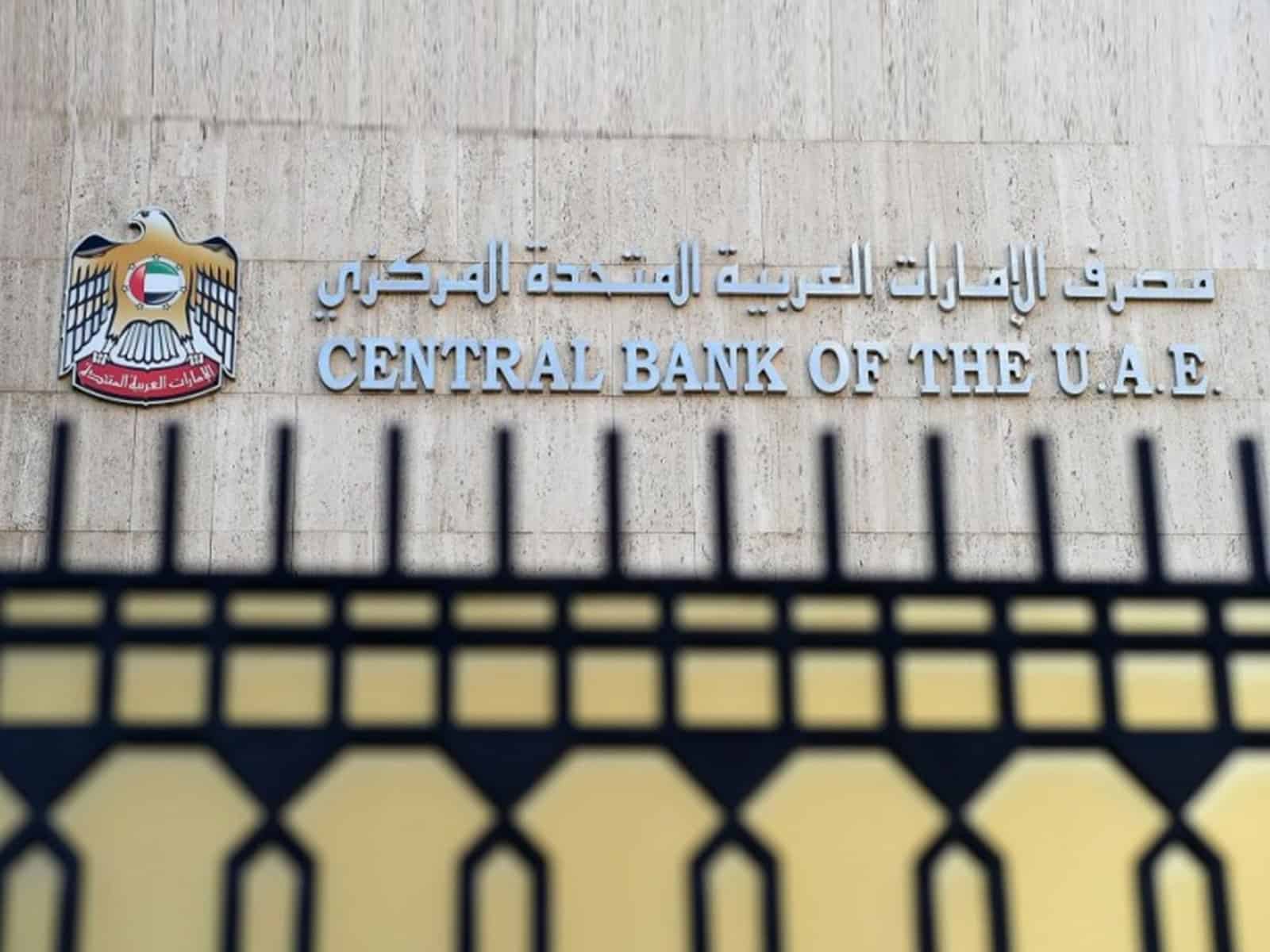Dubai, UAE–In response to the US Federal Reserve’s recent announcement to maintain its interest rates, the Central Bank of the UAE (CBUAE) has opted to keep its Base Rate for the Overnight Deposit Facility (ODF) unchanged at 5.40 percent.
This rate is closely tied to the US Federal Reserve’s Interest on Reserve Balances (IORB), reflecting the general stance of the CBUAE’s monetary policy and setting an effective interest rate floor for overnight money market rates in the UAE.
Furthermore, the CBUAE has decided to keep the rate for borrowing short-term liquidity through all standing credit facilities at 50 basis points above the Base Rate.
Meanwhile, the Qatar Central Bank (QCB) has also maintained its current interest rates. The rates are as follows: QCBDR (5.75 percent), QCBLR (6.25 percent), and QCBRR (6.00 percent). The QCB emphasized its commitment to assessing economic conditions and adjusting its monetary policy as needed to address any shifts in economic requirements.
The US Federal Reserve’s decision to hold interest rates comes amid concerns of persistent inflation. Despite predictions of a potential recession due to rapid interest rate hikes, the US economy has shown resilience. The Fed highlighted that “economic activity expanded at a strong pace in the third quarter,” with significant job gains and a low unemployment rate.
Economists have varied reactions to the Fed’s decision. While some believe the Fed is moving towards a prolonged pause in rate hikes, others, like Pantheon Macroeconomics Chief Economist Ian Shepherdson, believe upcoming employment and inflation data will be crucial in determining future decisions.
The surge in yields on longer-term government bonds has also played a role in the Fed’s decision-making. As KPMG chief economist Diane Swonk notes, these yields influence a range of rates, from mortgages to corporate and municipal bond yields. The Fed’s acknowledgment of the increase in longer-term yields indicates its awareness of the broader financial conditions since the summer.
In conclusion, the decisions by both the CBUAE and QCB to maintain their respective rates underscore the intricate relationship between global and regional monetary policies, especially in the face of ongoing economic challenges.

